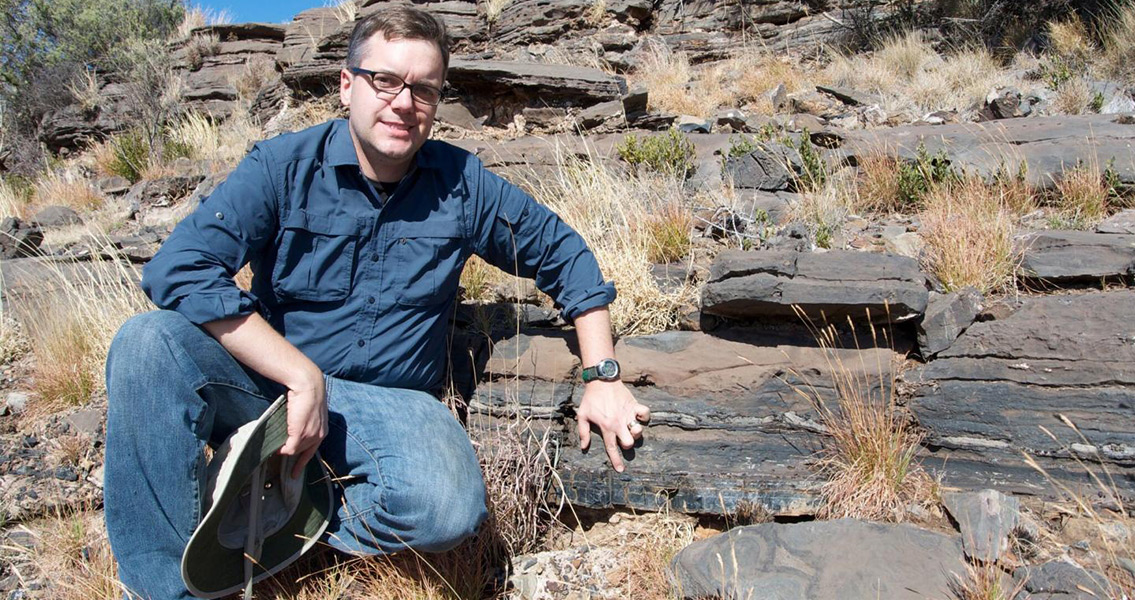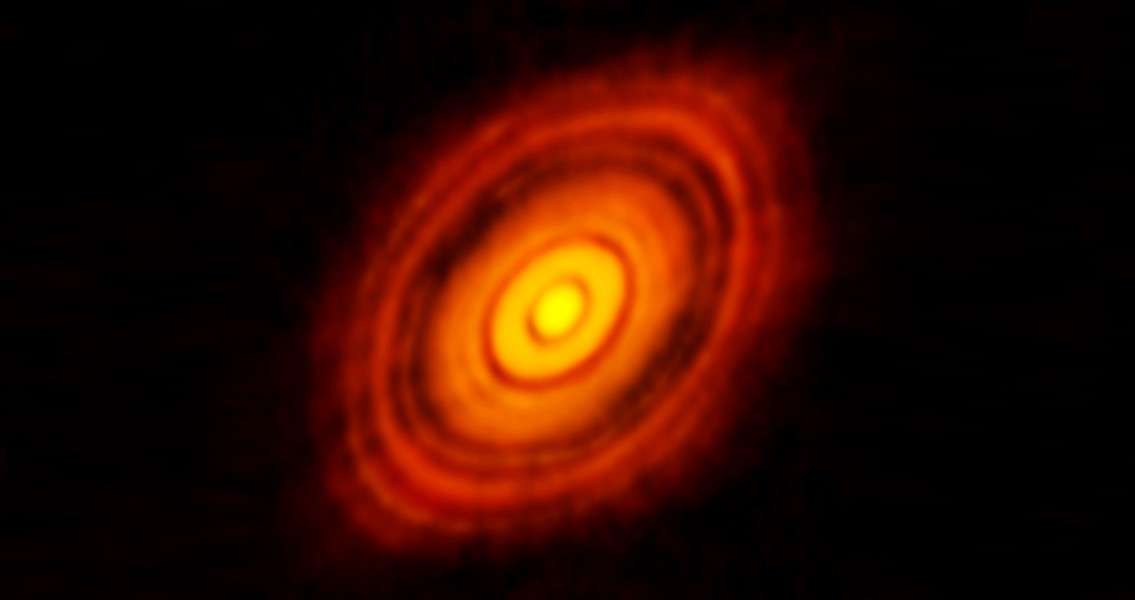Geology, looks like it could change that. The team of researchers, including Andrew Czaja; an assistant professor of geology at University of Cincinnati, Nicolas Beukes from the University of Johannesburg and Jeffrey Osterhout; a recently graduated master’s student from UC’s department of geology, present new evidence for bacteria found fossilised in two separate locations in the Northern Cape Province. “These are the oldest reported fossil sulfur bacteria to date,” said Professor Czaja in a press release. “And this discovery is helping us reveal a diversity of life and ecosystems that existed just prior to the Great Oxidation Event, a time of major atmospheric evolution.” The 2.52 billion year old sulfur oxidising bacteria were abundant in deep water areas of the ocean in a geologic time known as the Neoarchean Eon. Described by Czaja as large and spherical shaped, the smooth walled microscopic structures were much bigger than most modern bacteria, but similar in size to some modern single-celled organisms that live in deep water, sulfur-rich ocean settings today. “These fossils represent the oldest known organisms that lived in a very dark, deep-water environment,” explains Czaja in the University of Cincinnati press release. “These bacteria existed two billion years before plants and trees, which evolved about 450 million years ago. We discovered these microfossils preserved in a layer of hard silica-rich rock called chert located within the Kaapvaal craton of South Africa.” The oxygen deficiencies in the earth’s atmosphere billions of years ago have led scientists to presume that any life would have had to live in mud at the deepest reaches of the ocean. Such lifeforms would have been able to survive without oxygen or sunlight. According to Czaja, the discovery made by his team marks the first direct evidence for these earliest life forms. Scientists have theorised previously that South Africa and Western Australia were once joined together in a supercontinent called Vaalbara. Based on radiometric dating and geochemical isotope analysis, Czaja suggests the fossils could have formed in this early Vaalbara supercontinent in an ancient deep seabed containing sulphate from continental rock. Based on this dating, the fossil bacteria would have been thriving just before the time other shallow water bacteria began creating more oxygen through photosynthesis. “We refer to this period as the Great Oxidation Event that took place 2.4 to 2.2 billion years ago,” said Czaja. Just as modern bacteria recycle decaying plant matter into minerals and gases, Czaja and his team suggest the Neoarchean bacteria could have performed a similar role, consuming volcanic hydrogen sulfide and emitting sulfate. “While I can’t claim that these early bacteria are the same ones we have today, we surmise that they may have been doing the same thing as some of our current bacteria,” explained Czaja. “These early bacteria likely consumed the molecules dissolved from sulfur-rich minerals that came from land rocks that had eroded and washed out to sea, or from the volcanic remains on the ocean’s floor.” Scientists believe that the origin of sulfur-oxidising bacteria was a pivotal moment in the evolution of life on earth. Determining exactly when these bacteria came into existence therefore has the potential to be hugely informative. “…these fossils tell us that sulfur-oxidizing bacteria were there 2.52 billion years ago, and they were doing something remarkable.” Image courtesy of Aaron Satkoski, UWM postdoc on the excursion.]]>
BREAKING NEWS
- Who was Harriet Tubman? The Life and Legacy of an American Heroine.
- What were the causes of World War I?
- The Spanish Civil War: How it all started and its aftermath
- How did the Partition of India happen and what were the consequences?
- Hildegard of Bingen: A Renaissance Woman Before Her Time
- What was Watergate?
- Seeking Refuge: International Refugee Policy and the Holocaust
- How did Switzerland stay neutral during World War II?
- Lines In The Sand, part 2: The Mexican-American War
- What is “blackbirding”?
2014 Powered By Wordpress, Goodnews Theme By Momizat Team







